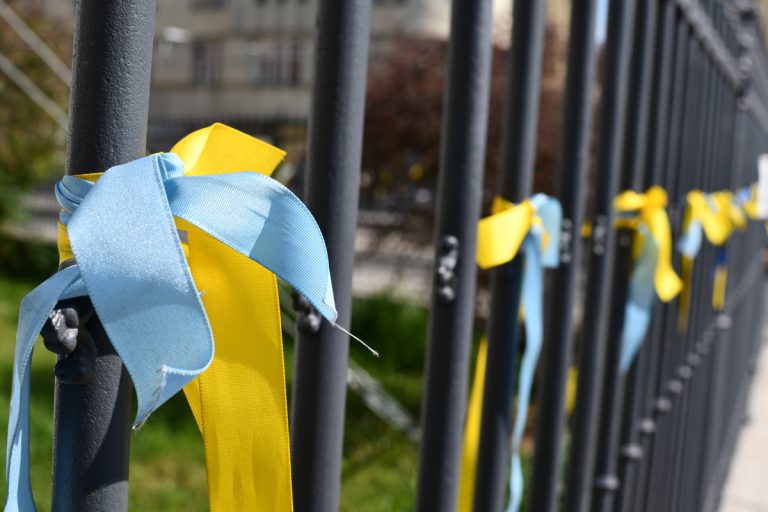Czech Republic’s earnings from refugee insurance fees and taxes now surpass the expenses incurred for their emergency accommodation and benefits. This shift began in the third quarter of 2023, as revealed by data from the Labour Ministry, coinciding with the second anniversary of the onset of the war in Ukraine.
The amount collected from people with temporary protection has been gradually increasing, while the aid paid out is decreasing.
The Czech Republic has spent 47.5 billion crowns on refugees’ emergency housing, humanitarian benefits and solidarity allowance for Czech accommodation providers since beginning of the war in Ukraine until the end of January 2024.
A total of 35.5 billion crowns has already been returned to the state budget by those with the temporary protection status in income and excise taxes and VAT, the ministry’s data show.
“The data clearly show us that, mainly due to their massive participation in the labour market, refugees are beginning to change the overall balance. It has become almost equal as of last year, as incomes, especially from insurance contributions, rose significantly. Now refugees are bringing more into the system than they are taking out,” said Labour Minister Marian Jurecka (Christian Democrats, KDU-CSL).
The Russian invasion of Ukraine began on February 24, 2022. About 384,200 refugees from Ukraine were in the Czech Republic as of the beginning of this week on temporary protection visas, the Interior Ministry said earlier this week.
According to the Labour and Social Affairs Ministry, the expenditure is mainly on emergency accommodation, humanitarian benefits and on solidarity allowance for Czech households that have accommodated refugees.
The budget revenues include VAT and excise duties in addition to taxes and health and social insurance contributions, the ministry said.
In 2022, the state spent 25 billion crowns on support, with the revenues from refugees reaching 12.6 billion crowns. Last year, the spending and revenue were 21.6 billion and 21 billion, respectively.
In the first two quarters of last year, 13.4 billion was paid out and 10.5 billion returned by refugees, while in the third and fourth quarters the expenditure was 8.3 billion and the income four billion crowns higher. In January this year, 0.9 billion went to aid and 1.9 billion was returned to the state.
As CTK previously found from monthly reports on benefits paid out and from this year’s data from the Labour Office, the state paid out 16.33 billion crowns in humanitarian benefits to the refugees in the two years from the start of the war, until mid-February.
By last summer, it had contributed 2.84 billion crowns to Czech households for solidarity accommodation for refugees. According to the ministry, up to 44 percent of refugees stayed in solidarity households. Now 70 percent of refugees live in rented accommodation, four-fifths of them paying the entire rent themselves. Sixteen percent of refugees live in emergency accommodation.
Three-fifths of the humanitarian benefits recipients are children and another tenth are other vulnerable people, such as the elderly or disabled.
According to the ministry, 118,000 people with temporary protection visas are now working. Jurecka said the Czech Republic was “significantly ahead” of other European countries in employing refugees.
But experts and organisations helping newcomers point out that Czechia is still failing to make use of the skills and knowledge of refugees. They say the main problem is the lack of language training and the difficulty of recognising educational qualifications. The Labour Office reported that refugees mostly work in menial or blue-collar jobs. Jurecka said this fact “must be seen in the context of the structure of demand on the labour market”. Employers are mainly interested in workers with lower qualifications. The newcomers are filling jobs that have not been filled for a long time.
Expenditures on emergency accommodation, humanitarian and solidarity benefits and revenues from insurance, tax, VAT and excise duties from refugees in billions of crowns:
| Expenditure | Revenue | |
| Year 2022 | 25.0 | 12.6 |
| Q1 2023 | 7.0 | 5.4 |
| Q2 2023 | 6.4 | 5.1 |
| Q3 2023 | 4.4 | 5.5 |
| Q4 2023 | 3.9 | 5.8 |
| January 2024 | 0.9 | 1.9 |
| Total | 47.5 | 35.5 |






